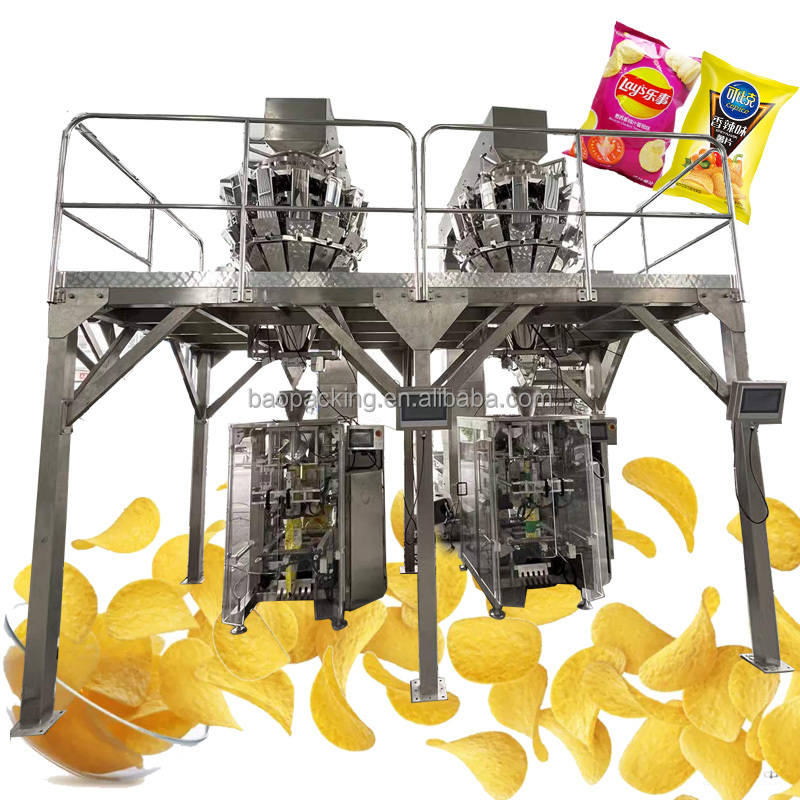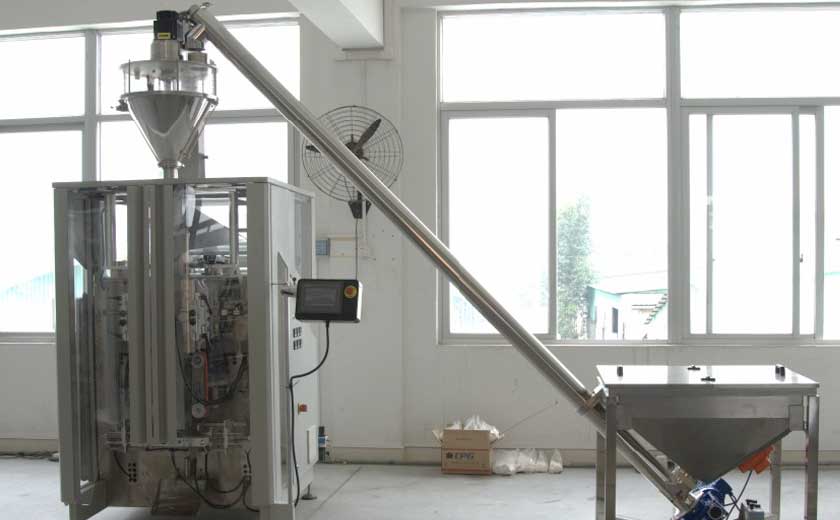Comparing Manual vs. Automated Tomato Paste Packing Machines
Comparing Manual vs. Automated Tomato Paste Packing Machines: A Quest for Efficiency
The world of food processing is witnessing a transformative shift as automation takes center stage. In the realm of tomato paste production, the debate between manual and automated packing machines has ignited intense interest among industry professionals. This article aims to unravel the intricacies of these two packing methods, highlighting their respective advantages and disadvantages to guide manufacturers in their quest for optimal efficiency.
Manual Tomato Paste Packing: Traditional Finesse
Manual tomato paste packing relies on human hands for the entire process. Skilled workers meticulously fill pre-sterilized containers with the paste, ensuring precise weight and airtight seals. This approach offers a level of dexterity that is unmatched by machines, particularly when handling delicate products. However, manual packing is labor-intensive and susceptible to human error, leading to potential production inconsistencies.
Automated Tomato Paste Packing: Precision Engineering
Automated tomato paste packing machines harness the power of technology to streamline the packaging process. These machines are equipped with sophisticated sensors and actuators that automate every step, from loading the paste to sealing the containers. Automation significantly increases packing speed and reduces labor costs, resulting in higher production efficiency. Moreover, consistent filling weights and airtight seals ensure product quality and minimize spoilage.
Key Considerations for Choice
Choosing the ideal packing method depends on several factors, including:
Production Volume: High-volume production facilities benefit from the speed and efficiency of automated machines.
Product Characteristics: Delicate tomato paste requires careful handling, which manual packing can provide.
Labor Availability and Cost: Automation reduces labor requirements, but manual packing can be more cost-effective in areas with low labor costs.
Capital Investment: Automated machines require a significant upfront investment, while manual packing involves lower capital costs.
Conclusion
The choice between manual and automated tomato paste packing machines hinges on the specific requirements of each production facility. Manual packing offers traditional finesse but can be limiting for high-volume operations. Automated packing, on the other hand, provides precision, efficiency, and reduced labor costs. By carefully considering the key factors outlined above, manufacturers can make an informed decision that maximizes productivity and drives their business toward success in the evolving landscape of food processing.
-
Overview of Packaging Machine Buying Guides
08-01-2024 -
How Does a Vertical Form Fill Seal Machine Work?
30-10-2023 -
Advancements in Auger Powder Filling Technology
27-10-2023 -
A Deep Dive into Automatic Packaging Machines
26-10-2023 -
The Revolutionary Fully Automatic Potato Chips Packaging Machine
20-09-2023 -
How to choose the right packaging machine?
23-08-2023 -
Reducing Waste And Maximizing Yield With Multihead Weigher Machines
15-03-2023 -
Nuts Packaging Machine for Dry Products Perservation
26-11-2022 -
Is Automated Biscuit Packaging Machine Better Than Manual Opeartion?
25-11-2022













